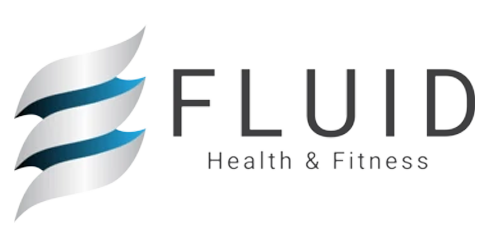
Mar 24 , 2021
0 Comments
Designed to Move | Suboccipitals and Forward Head Posture
Forward Head Posture
Did you know that neck pain affects roughly two thirds of the population and it’s the third most common type of pain for Americans? That women are more likely to experience neck pain and that stress can make you more susceptible to neck pain as well?
As with other regions of the body the health of the neck (cervical spine) has a large impact on the function and mobility of the entire kinetic chain (the series of joints, connective tissues and muscles that make up your musculoskeletal system).
Because the muscles of the neck impact things like balance, reflexes, stability and even eyesight it’s very important to identify what things we do in our everyday lives that may lead to dysfunction in this region. From there we’ll want to assess if our posture and alignment is off. If it is knowing how to implement an exercise strategy to correct for it is vital as dysfunction in this area impacts the entire body. Research has proven that with the right exercises you can reduce or eliminate neck pain.
Common Dysfunctional Posture - Forward Head Posture (excess cervical lordosis)
This is seen as the head position protruding forward over the shoulder. From a side profile the cheek bone (Temporomandibular Joint) is forward past the clavicle (suprasternal notch). Rounded shoulders often accompany the forward head position. You can see this below.
How Does This Happen?
Forward head posture is often referred to as office neck. When you sit for a long period of time, or look down at a screen this places a tremendous amount of pressure on your neck and the surrounding muscles. For every inch of forward head displacement your body will require a tenfold increase in muscular force production to support it. Due to which the deep neck flexor muscles have a hard time maintaining an upright neck position. This is where you see the customary rounding of the shoulders and jetting out of the head. Certain muscles become chronically tight and shortened while others give up and no longer support the neck, shoulders and head. This can lead to injuries and decreases in quality of life like headaches, dizziness and shoulder pain.
How to Assess?
Place your back towards a wall with your heels, butt, and shoulder blades snug against the wall. Your arms should be bent at 90 degrees at shoulder height. Your lower back should be within a finger's width from the wall.
- Does the back of your head naturally come in contact with the wall?
- Even if it does do you notice that your head tilts back or extends to accommodate the position?
If you answered yes to either of these questions you tested positive for this common posture problem and you’ll want to pay attention to what comes next and watch the accompanying video on how to correct it?
Overactive Muscles
Because we move in patterns our bodies favor the use of certain muscles groups over others. These muscles become tight, short and inflexible. These are the muscles that we’ll want to lengthen via self-myofascial release then follow it with static stretching. Below are the muscles we’ll want to focus on for forward head posture.
- Rolling or self-applied pressure using self-myofascial release for 30-60 seconds each
- Stretch or lengthen each for 30-60 seconds each
- Sternocleidomastoid
- Levator scapulae
- Scalenes
- Upper Trapezius
- Suboccipitals
Underactive Muscles
As mentioned above pain in the body is commonly caused when how we move forces certain muscles to work overtime while other muscles become lazy and don’t want to function. We’ll need to wake up these lazy muscles through isolated strength movements.
- 2 sets on each muscle group
- 10-15 reps using a slow opening of the muscle, isolated hold at the bottom of the movement, followed by a controlled shortening of the muscle.
- Cervical flexors
- Lower trapezius
- Rhomboids
Now that you know which muscles are typically underactive and overactive let’s put it all together for you. Watch the video below for a step-by-step breakdown on how to target each of these areas. Before you get started make sure you have a foam core ball handy.
Remember that it took years for these issues to develop so consistency is key when tackling this. While you may feel an immediate release and increase in mobility it may take some time for your mind/muscle connection to kick in and for pain to reduce. Don’t get discouraged. Start off by applying the techniques three times a week and build from there. Every so often reassess your posture and see how far you’ve progressed. Soon you’ll start to see noticeable changes in your body position and mobility. Remember, you’re body was designed to move so get after it.

